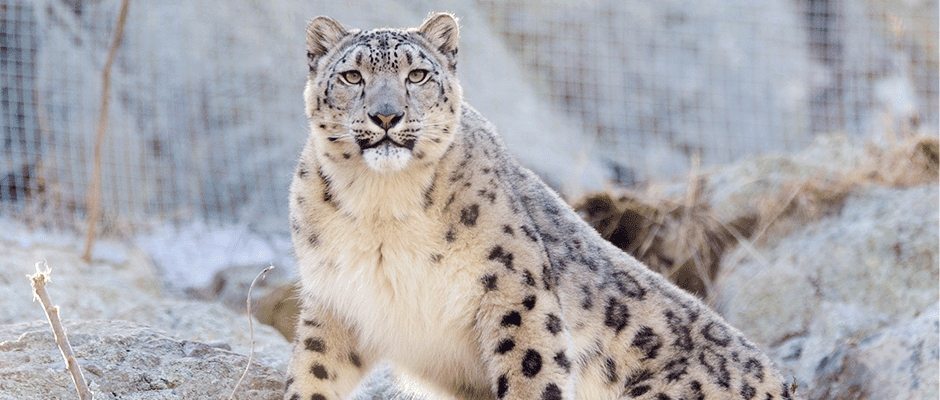Share this article
IUCN Red List Update shows downfalls and successes
Among the nearly 88,000 plant and animal species assessed in this year’s IUCN Red List of Endangered Species update, while some species seem to be improving, over 25,000 are threatened with extinction.
Among them are North American ash tree species, brought to the brink of extinction by the invasive beetle, the emerald ash borer (Agrilus planipennis).
Wildlife entering the list include five antelope species in Africa, which were previously assessed as least concern, Madagascan grasshoppers and millipedes, which are threatened with extinction, and the Christmas Island Pipistrelle (Pipistrellus murrayi), a bat In Australia’s Christmas Island, has already gone extinct.
“Our activities as humans are pushing species to the brink so fast that it’s impossible for conservationists to assess the declines in real time,” IUCN Director General Inger Anderson said in a press release. “Even those species that we thought were abundant and safe — such as antelopes in Africa or ash trees in the U.S. — now face an imminent threat of extinction.”
Five of the six most prominent ash tree species in North America, which provide habitat and food for birds, squirrels and insects, were listed as critically endangered.
“Ash trees are essential to plant communities of the United States,” Murphy Westwood, a member of the IUCN Global Tree Specialist Group who led the assessment, said in the release. “Their decline, which is likely to affect over 80 percent of the trees, will dramatically change the composition of both wild and urban forests.”
The update is not all bad news. The snow leopard (Panthera uncia) has been moved from “endangered” to “vulnerable” as a result of conservation. The Rodrigues flying fox (Pteropus rodricensis), a bat endemic to an island in the Indian Ocean, has moved from critically endangered to endangered as a result of improved habitat protection, restoration programs and stronger legal protection.
Header Image: In the latest IUCN red list update, the snow leopard’s listing has improved from endangered to vulnerable. ©Erik Kilby








